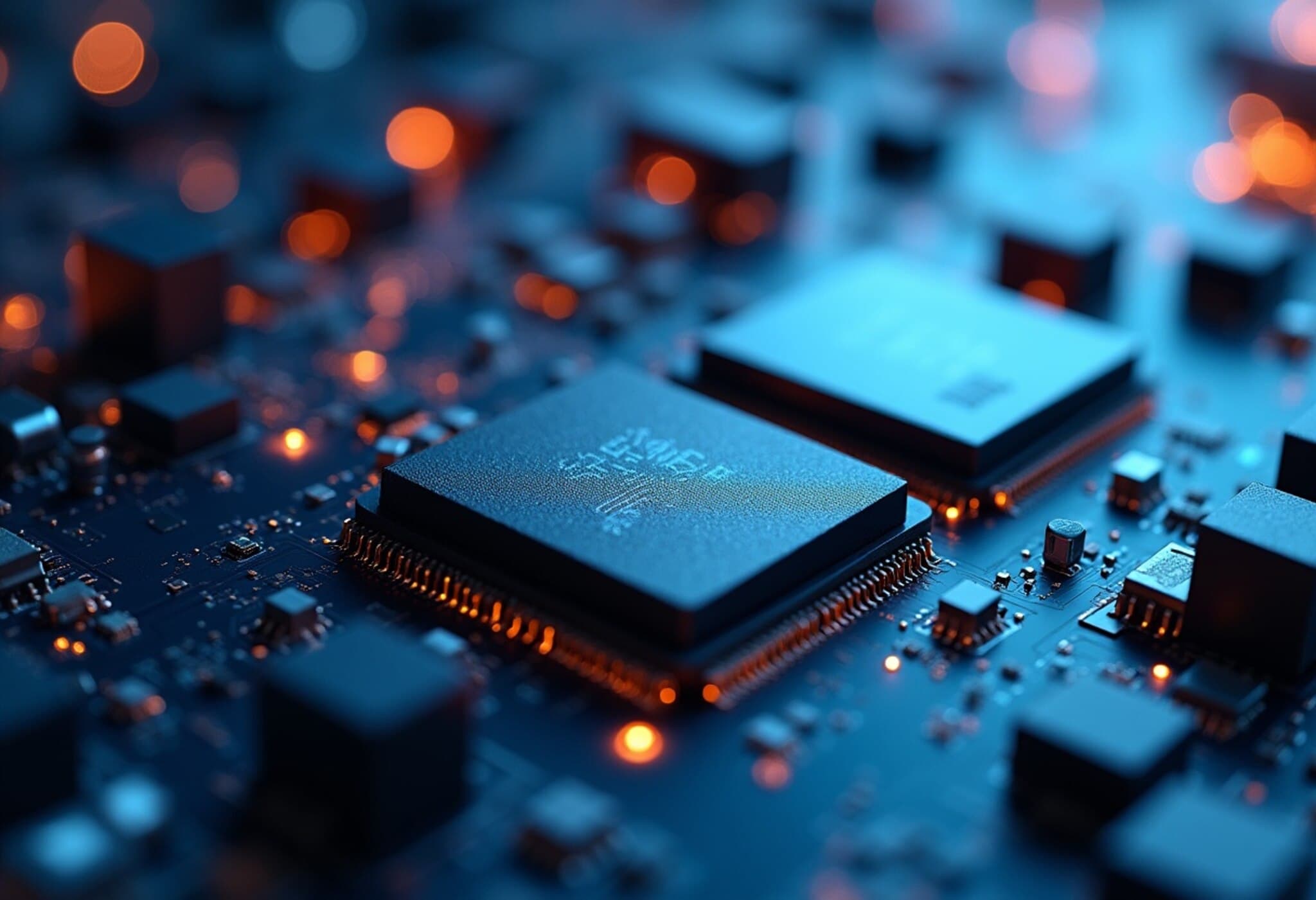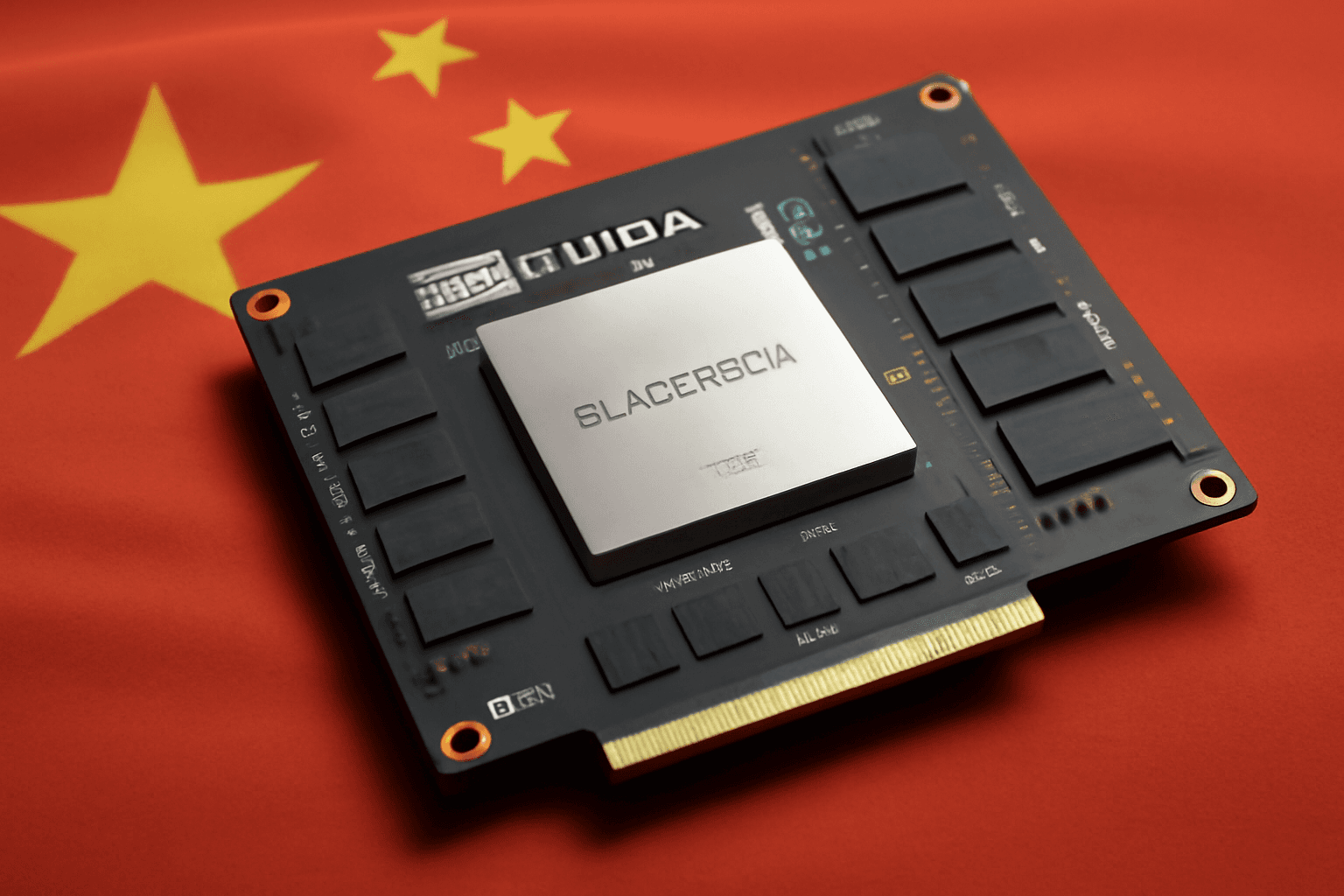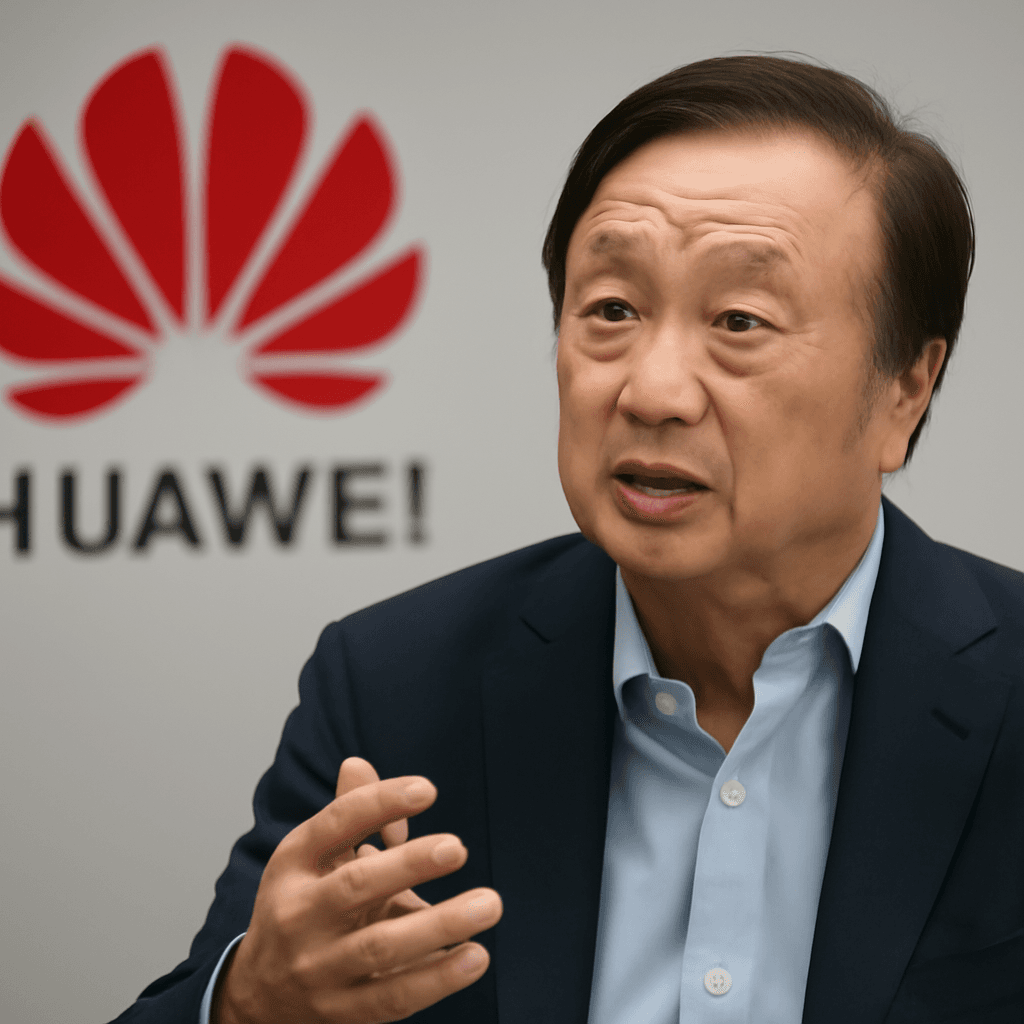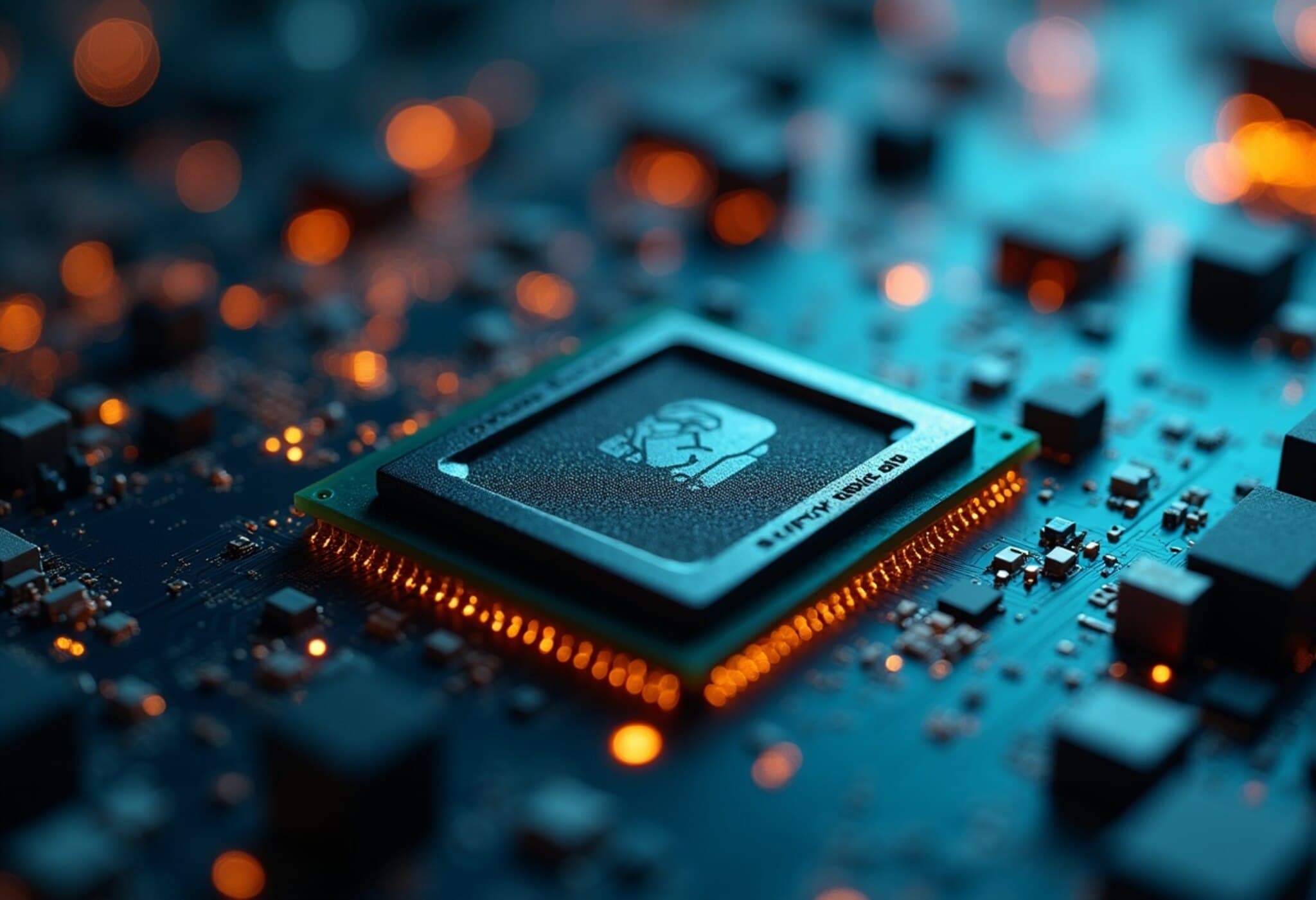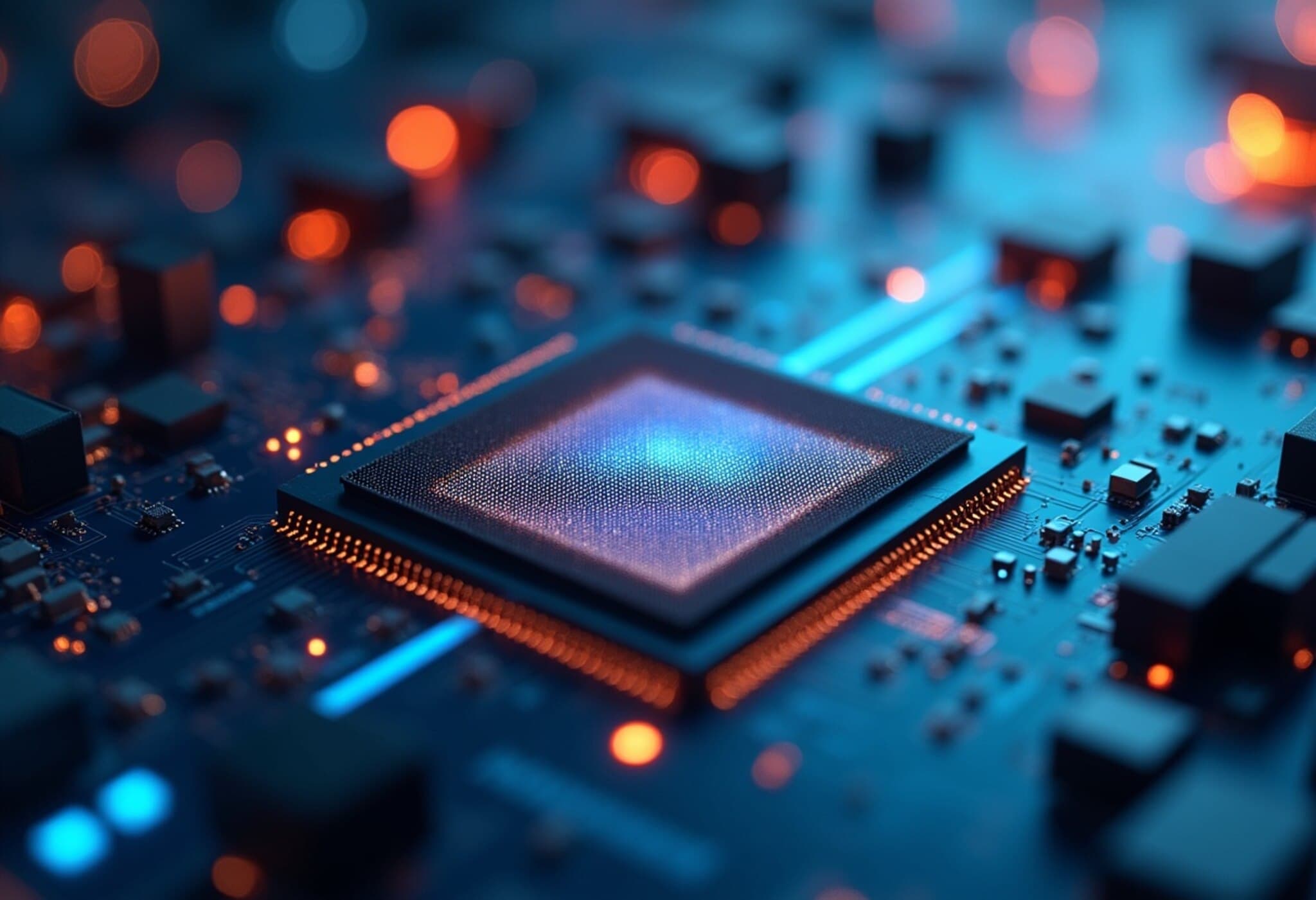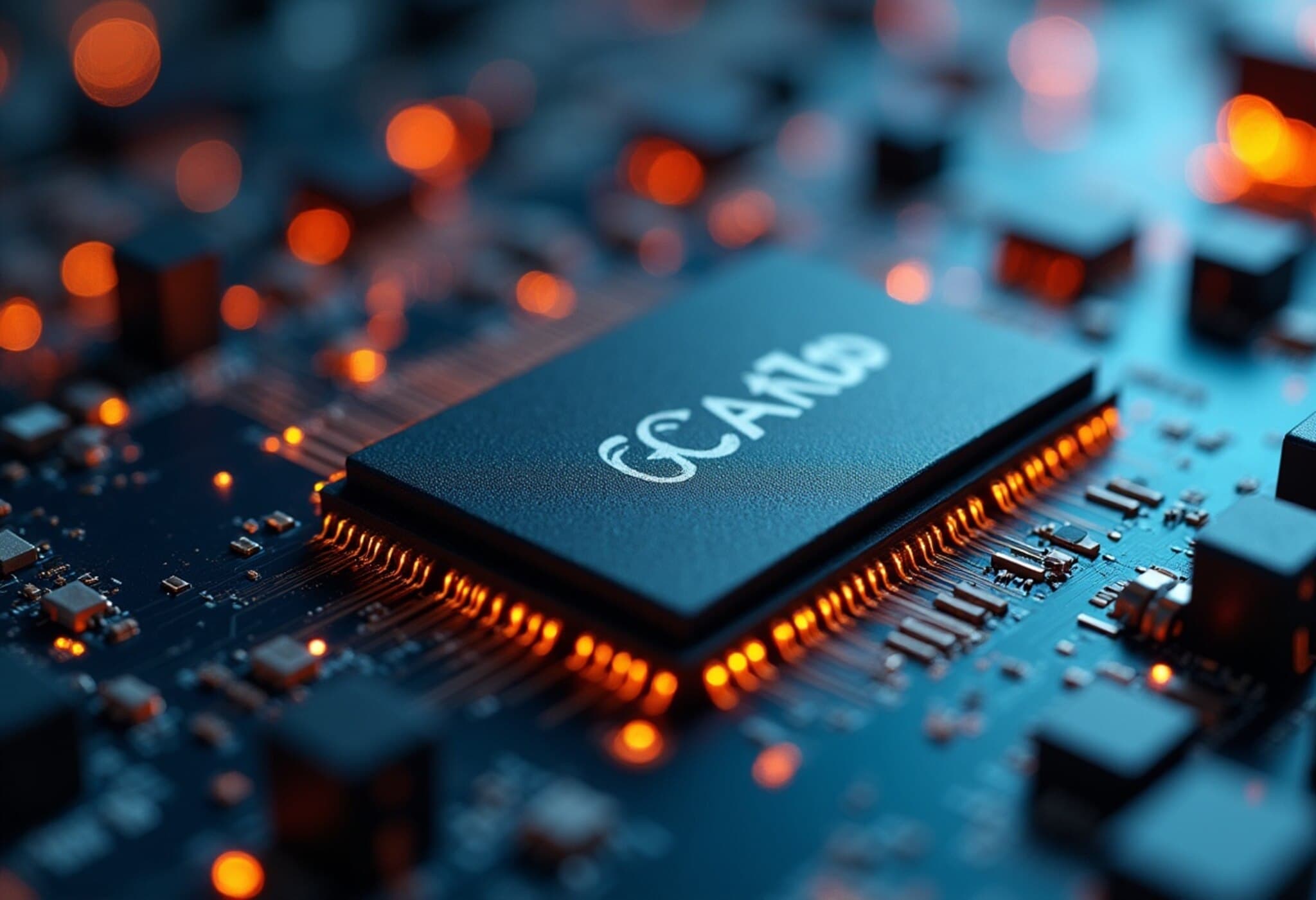Samsung Electronics Reports Sharp Profit Decline in Q2 2025
South Korean tech giant Samsung Electronics unveiled its second-quarter financial results on Thursday, revealing a striking 55% drop in operating profit compared to the same quarter last year. The company posted an operating profit of 4.7 trillion Korean won ($3.38 billion), falling short of analysts' expectations and reflecting the severe challenges facing its semiconductor division.
Revenue Steady Despite Profit Pressure
Despite the profit slump, Samsung managed to edge its quarterly revenue slightly higher to 74.6 trillion won ($53.5 billion), up from 74.07 trillion won a year earlier and exceeding its internal forecast of 74 trillion won. This indicates that while revenue streams held steady, profitability was deeply eroded.
The Semiconductor Business Takes a Heavy Hit
The heart of Samsung’s earnings woes lies within its Device Solutions division, which suffered a dramatic 93.8% year-over-year operating profit drop. This division, responsible for memory chips, semiconductor design, and foundry services, posted a mere 400 billion won profit, plunging from 6.45 trillion won last year.
Chip revenue also slipped, falling to 27.9 trillion won from 28.56 trillion won. Samsung attributed this downturn to inventory adjustments in memory products and disruptive one-off costs tied to China's export restrictions impacting its non-memory businesses.
Market Reaction and Broader Context
Following the release, Samsung’s shares dropped 1.5% in early trading, reflecting investor disappointment amid a global semiconductor market facing cyclical oversupply and geopolitical tensions. The slowdown impacts more than Samsung; it reverberates across key industries reliant on chips, including automotive, consumer electronics, and cloud computing infrastructure.
Silver Linings: Consumer Devices and Strategic Outlook
Samsung’s other segments told a more optimistic story. The Mobile Experience and Networks division, covering smartphones, tablets, and wearables, achieved an operating profit of 3.1 trillion won — a notable increase from 2.23 trillion won a year earlier. Revenues in this sector also rose, driven by strong sales of the Galaxy S25 and Galaxy A series smartphones alongside Galaxy tablets.
Samsung plans to lean into its flagship foldables and AI-augmented models in the back half of 2025, positioning itself to capitalize on shifting consumer preferences and technology trends.
Looking Ahead: Foundry Business and U.S. Partnerships
Encouragingly, Samsung’s foundry segment anticipates a significant boost from a recently announced $16.5 billion contract to supply chips to a major customer, widely believed to be Tesla. Elon Musk has hinted that this deal could expand, signaling Samsung's strategic move to strengthen its footprint in the high-value semiconductor market amid intensifying U.S.-China trade frictions.
This partnership underscores an important trend: semiconductor supply chains are increasingly regionalized, and Samsung’s investments here could prove pivotal to its long-term competitive stance.
Expert Insight: Navigating Industry Headwinds
Industry analysts note that Samsung’s results mirror broader semiconductor sector headwinds characterized by cyclical inventory corrections and geopolitical uncertainties. Memory chip prices have fallen sharply, and export controls related to China add complexity to global operations. Yet Samsung’s commitment to advanced semiconductor technology and AI-driven product lines offers promising avenues for rebound.
From a policy perspective, Samsung's growing collaboration with U.S. tech firms could also attract attention from regulators balancing tech security concerns with the need for robust, diversified supply chains.
Summary and Implications
- Samsung’s Q2 operating profit fell over 55%, driven by a 93.8% collapse in chip division profits.
- Revenue was slightly up, buoyed by strong performances in mobile devices.
- Geopolitical factors, including export restrictions to China, and inventory adjustments weighed heavily on semiconductor earnings.
- A $16.5 billion foundry contract with Tesla signals a strategic push into premium chip manufacturing.
- Samsung aims to lead with AI-enhanced consumer electronics and advanced semiconductors in H2 2025.
Editor’s Note
Samsung's stark profit decline underscores the fragility and transformation underway in the semiconductor industry—a sector critical not just economically but geopolitically. Observers should watch how Samsung balances near-term market challenges with long-term investments in AI and U.S.-based partnerships. The evolving dynamics between innovation, trade policy, and global supply chains will shape not only Samsung’s trajectory but the broader tech landscape for years to come.

